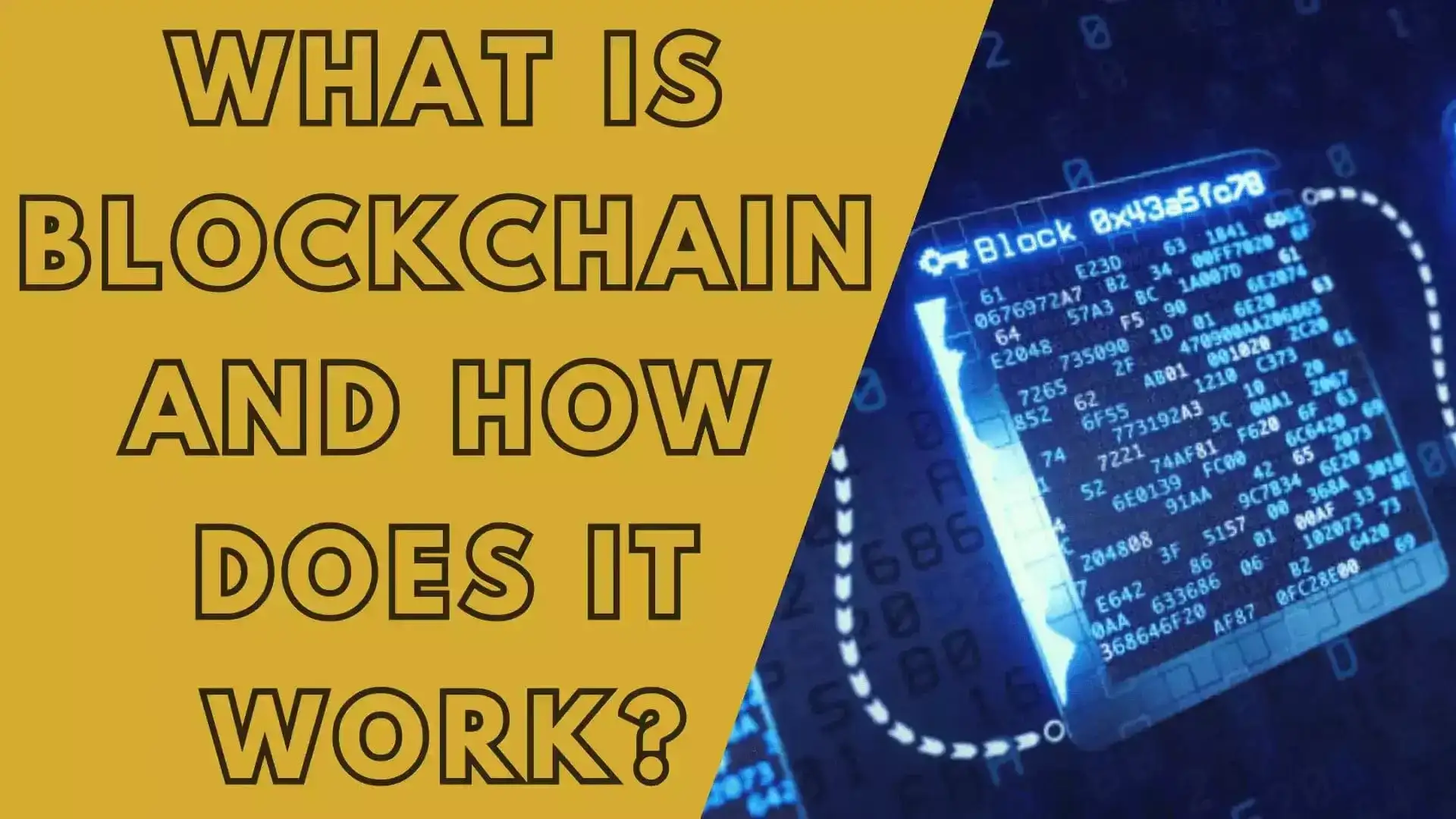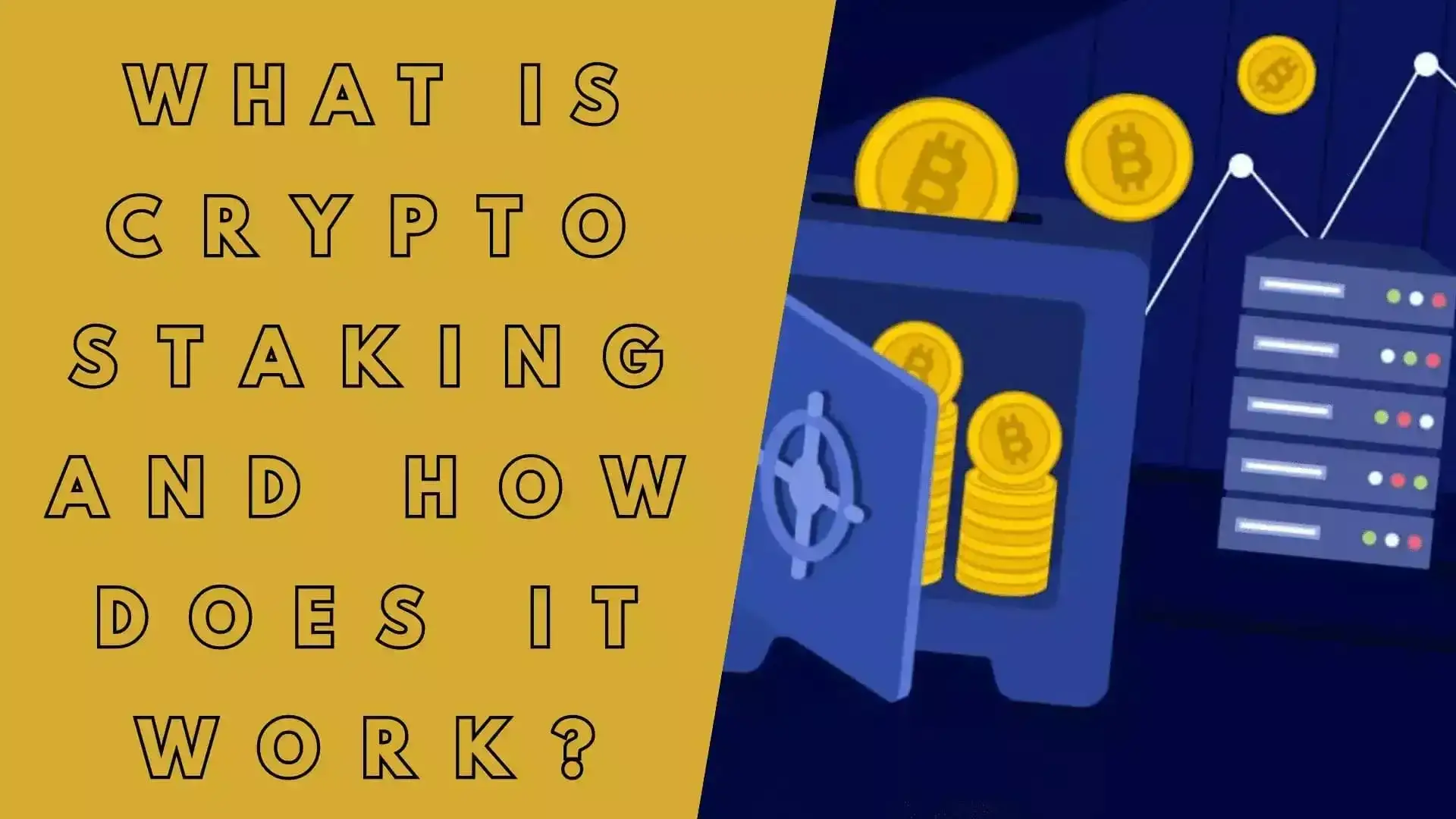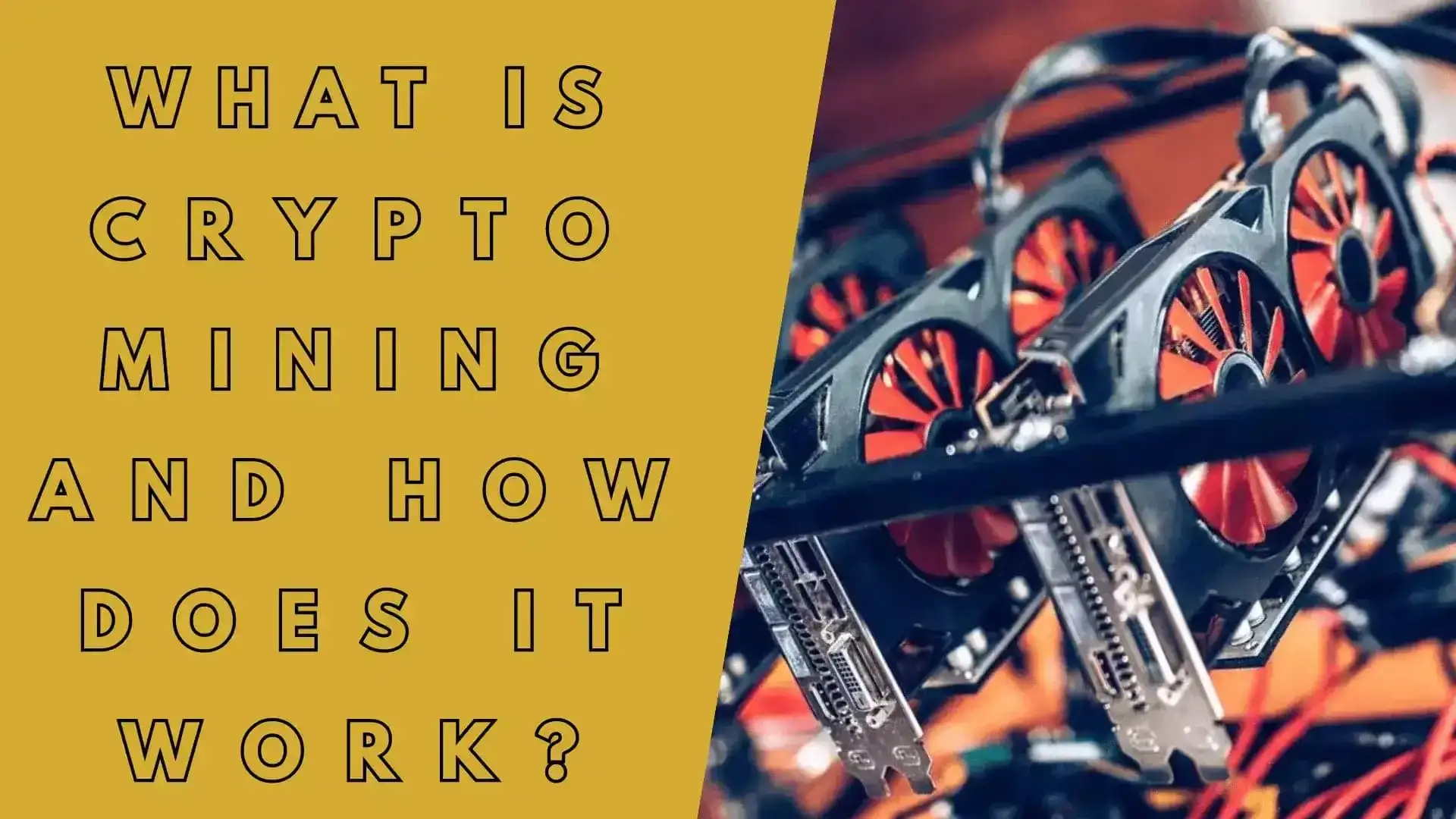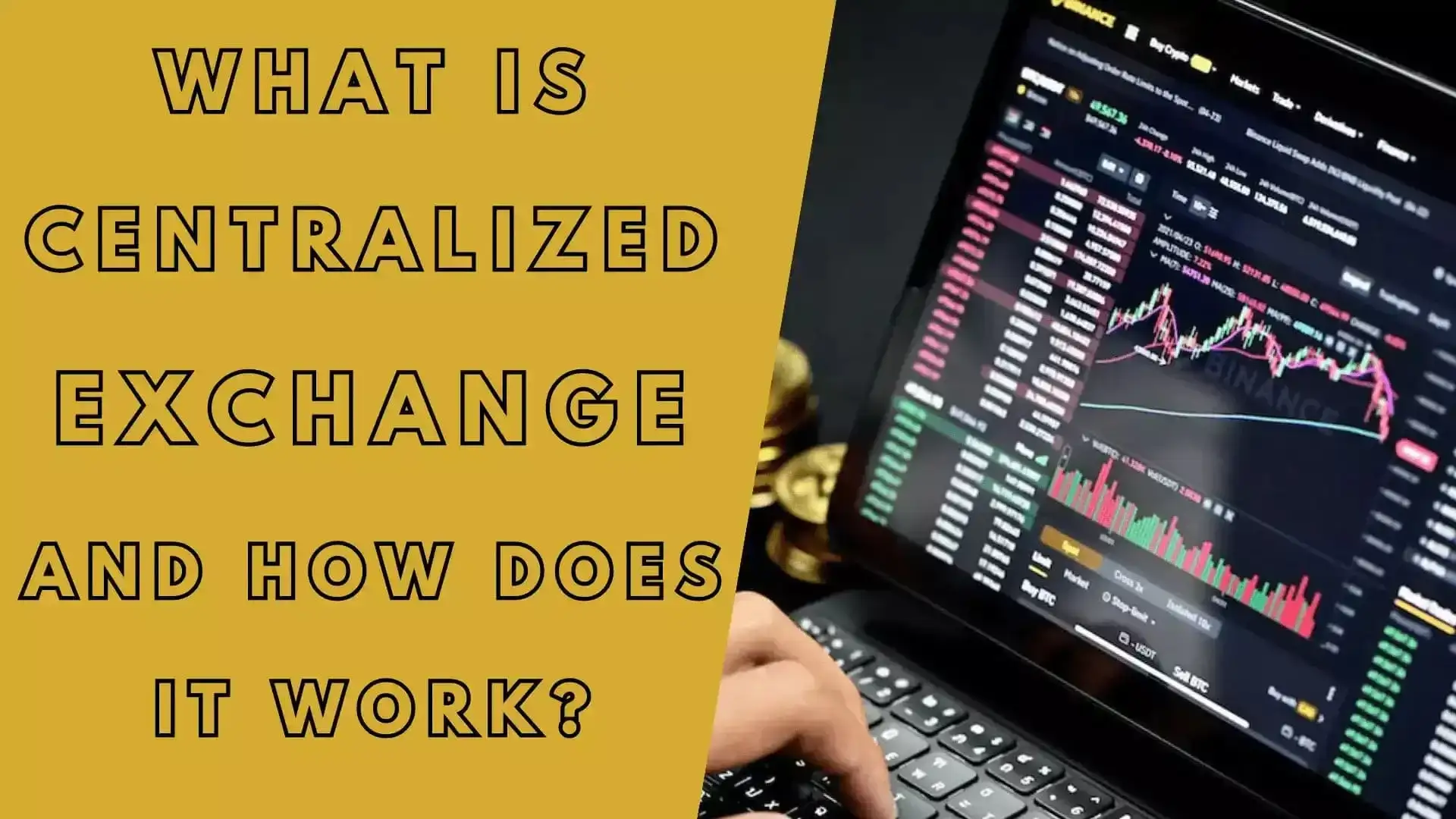What Is Proof-Of-Authority (PoA) ?
Proof-of-Authority (PoA) is a consensus algorithm used in blockchain networks to reach consensus and validate transactions. Unlike other consensus algorithms like proof-of-work (PoW) or proof-of-stake (PoS) that rely on computational power or token ownership, PoA relies on a different principle: identity and authority.
In a PoA network, there are a limited number of trusted validators known as "authorities". These authorities are typically pre-selected or appointed by the network participants based on their reputation, expertise, or some other form of trust. These validators are responsible for creating new blocks and validating transactions.
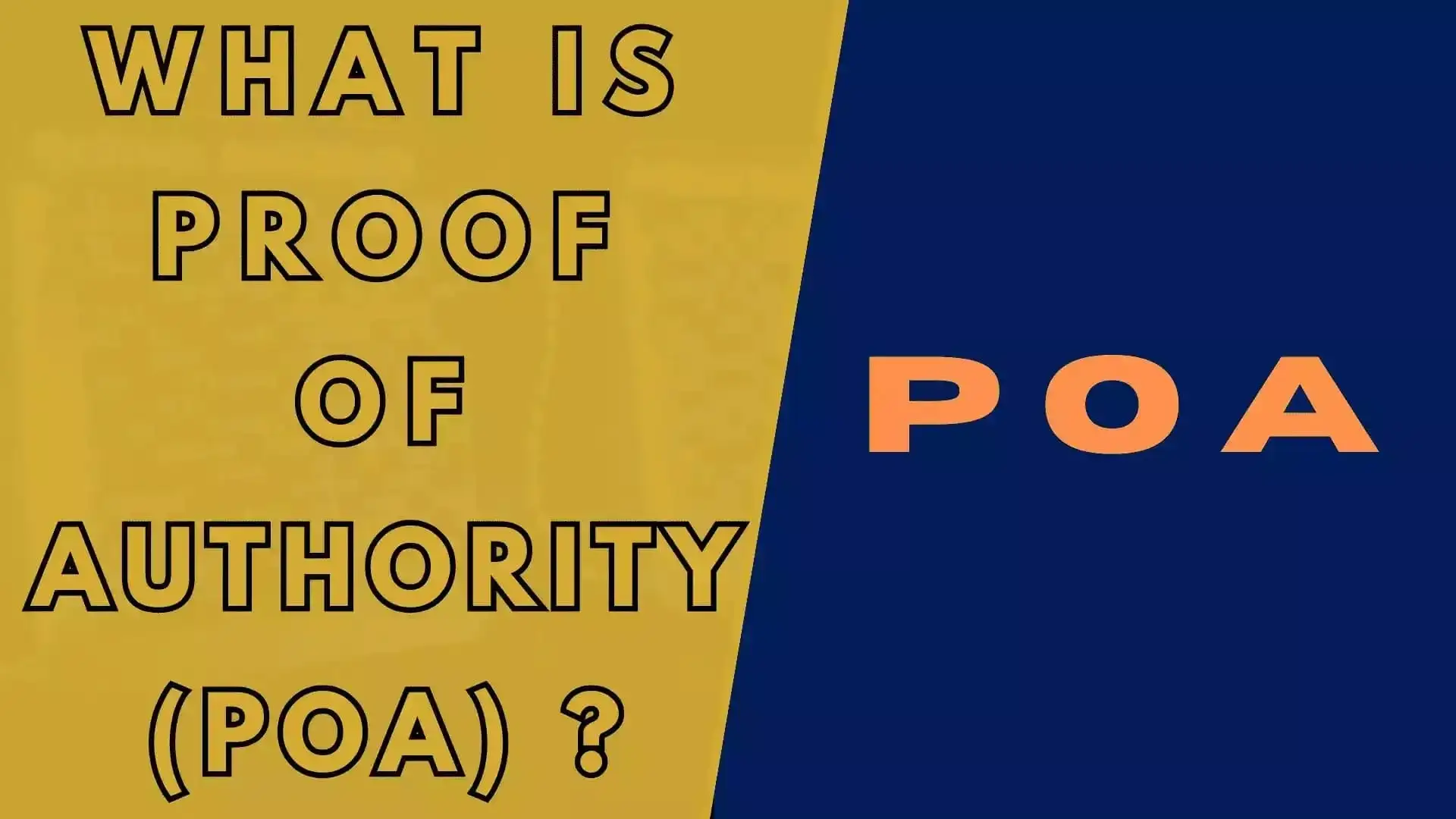
Posted on 15 Sep 2023
Here's a step-by-step breakdown of how the Proof-of-Authority consensus algorithm works:
- Authorities: A predefined set of authorities is chosen to participate in the consensus process. These authorities are known and trusted by the network participants.
- Block Creation: The authorities take turns in creating new blocks. Each authority has the right to create a block based on a predetermined order. This order could be round-robin or based on some other criteria.
- Block Validation: Once an authority creates a block, it is propagated to the other authorities for validation. The other authorities verify the validity of the block and the transactions contained within it.
- Consensus: If the block is deemed valid by a majority of the authorities, it is added to the blockchain. Consensus is reached by a deterministic process and does not require complex calculations or competition among validators.
- Finality: Once a block is added to the blockchain, it is considered final and cannot be altered. This provides a high level of security and certainty about the state of the blockchain.
Advantages of Proof-of-Authority:
- Scalability: PoA algorithms can process a larger number of transactions per second compared to PoW or PoS algorithms. This is because the block creation process is not computationally intensive.
- Energy Efficiency: PoA does not require validators to solve complex mathematical problems or compete for block rewards. As a result, it consumes significantly less energy compared to PoW-based blockchains.
- Security: PoA relies on a trusted set of authorities, which reduces the risk of malicious attacks. It is particularly suitable for private or consortium blockchains where the participants are known and have a vested interest in maintaining the integrity of the network.
- Governance: PoA allows for better governance and control over the network. The authorities can be selected based on their expertise or reputation, ensuring that the decision-making process is in the hands of trusted entities.
Despite its advantages, PoA does come with some limitations. One major drawback is the centralization of power, as the consensus process relies on a predefined set of authorities. If the authorities collude or become compromised, the security and trust of the network can be compromised as well. Additionally, the selection and maintenance of the authority nodes require careful consideration to maintain the integrity of the network.
Overall, PoA is a consensus algorithm suitable for scenarios where scalability, energy efficiency, and trusted authority governance are important factors.

